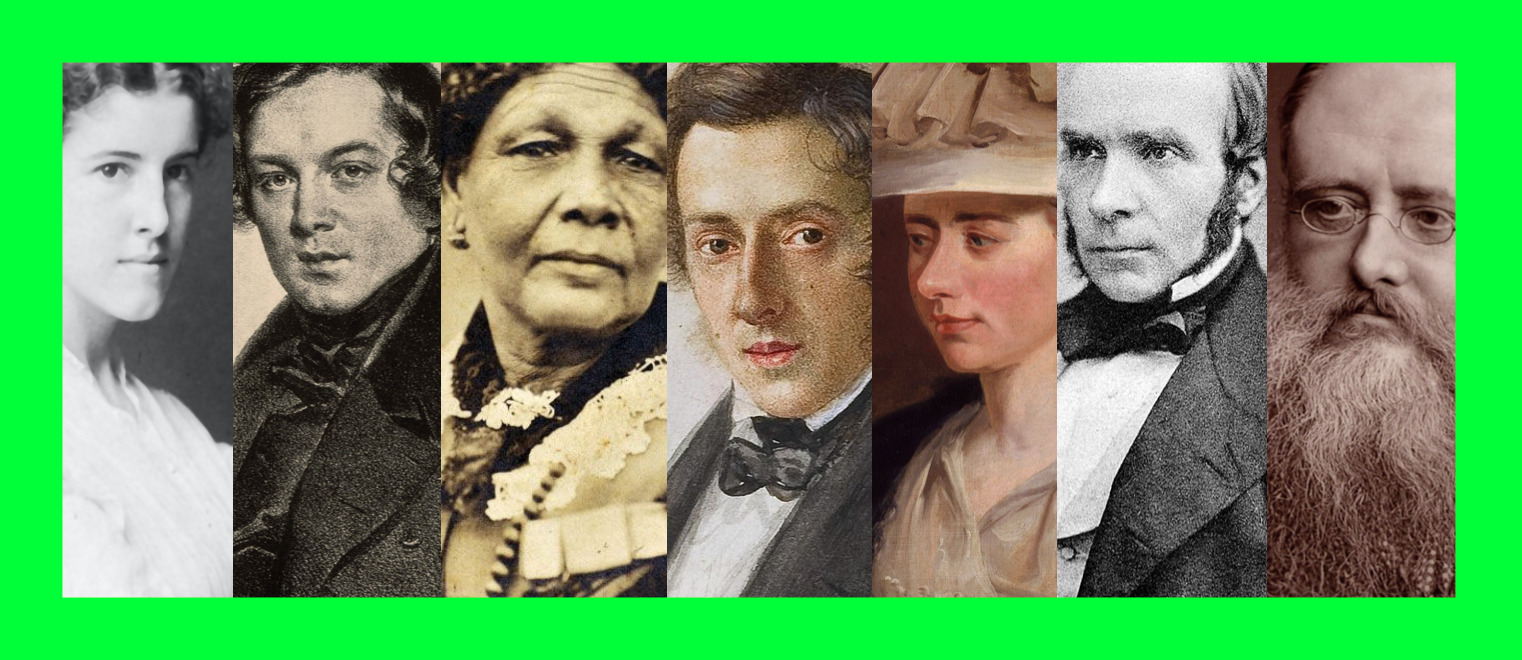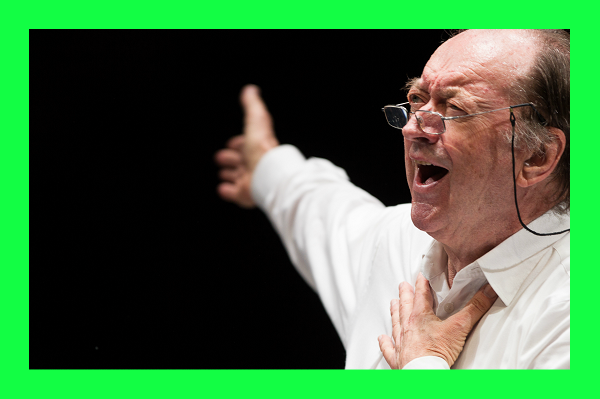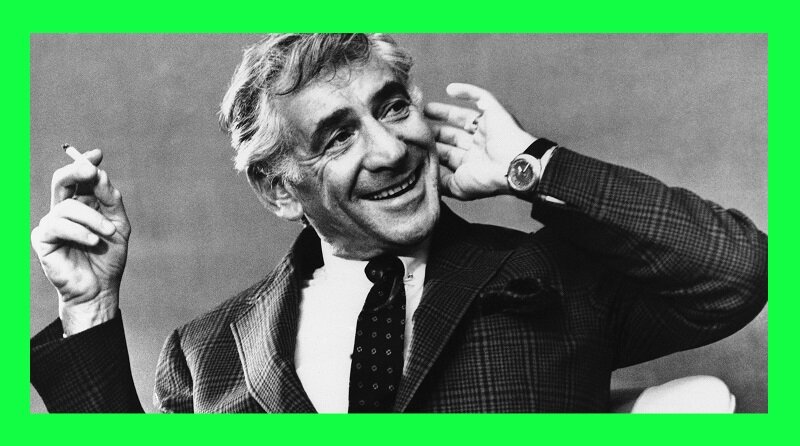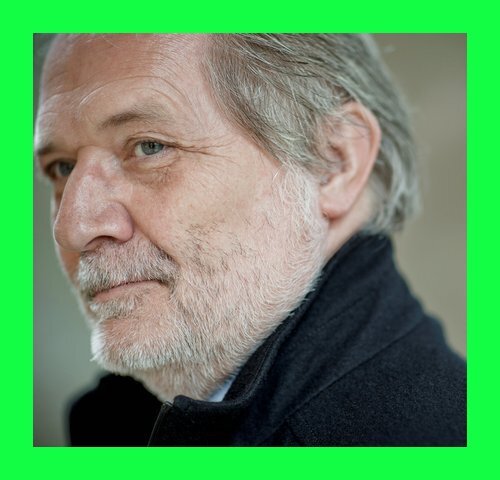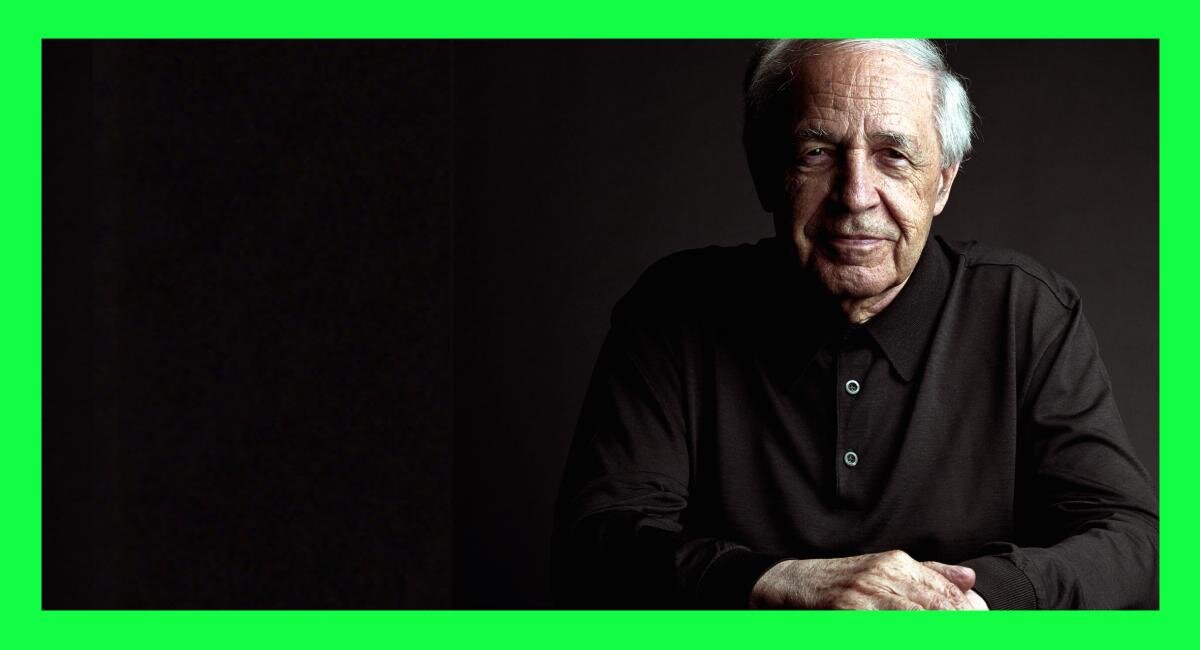I recently read a statistical survey. In fact, I have it right here, as I’m writing this. It was collected by the online classical music magazine bachtrack, an analysis of “Classical Music in 2019”. Cursory research shows that gathering annual classical music statistics is something bachtrack have been doing since 2010, developing in range somewhat in recent years. Unfortunately, it makes for fairly predictable reading.
In 2019, out of the top 10 most performed composers, the most contemporary example died more than 126 years ago. Of the top 10 most performed pieces, the most recently composed is 132 years old (and by the same composer as the previous statistic, Tchaikovsky). Of all opera performed, nearly 1/3rd was by three composers. The most recently composed work of their oeuvre is 96 years old. Of the Top 10 performed living composers, the youngest is 49. That may not sound supportive of what I am sure you can already guess as being the point of all this, but the average age of these 10 most popular living composers is nearly 74. In all of the top 10s listed so far, not a single person appears who could be described as anything other than a white man. Of the Top 100 most-performed living composers, 24 were women. The number of concerts which included at least one work by a living composer ranged, depending on country, from 9% to 24%. There are some statistics which aren’t even deemed worth calculating, the presumption being there’s essentially no point. I’m not going to mention the demographics of performers. This is partly because I’m sure you can make an accurate guess (and if you can’t, you can look at the study for yourself) and partly because it is of far less concern. Obviously I want to see parity and diversity in the custodians and ambassadors of art music, and besides, that is already an increasingly well-trodden path of progress, in one form or another.
In my opinion, all of this uncovers one particularly alarming conclusion -
We collectively have no right whatsoever to claim, a genuine interest in reaching new audiences, a disappointment/bafflement at stagnant audience trends, or a frustration at any expression of our irrelevance, when we fail to acknowledge our limitations and make concerted efforts to find solutions.
I’ve always loved music as an expression of the human spirit. It’s time now to expand whose spirit we broadcast. This is not to say the canon, suddenly, becomes worthless. As I write this, beside me are scores of Berlioz, Ravel & Beethoven. It’s music I adore and can spend hours pouring through. It’s also not to say that all perspectives of the canonical composers are identical; of course they aren’t, far from it. But there are many glaring gaps. Gaps made all the more evident by the diversity of 21st century society. And as I see it, these gaps are fascinating in their potential to explore humanity in entirely different musical ways, to broaden the ways we represent our world. These gaps provide a means to view old work in a new light and with a new metric. These gaps conform entirely with demographics often sited as the target when speaking of new audiences - young people, people of colour, non-binary people, women. Our work should reflect the audience we wish to have, as well as society in general.
This for me represents a necessary challenge which is impossible to ignore - finding ways to incorporate and mainstream the voices of these demographics, exploring how these contextualise the canon, and discovering how art music in the 21st century functions when we represent a 21st century audience, the audience we claim to want. Again, these opportunities are not exclusionary of the work that predominantly appears in surveys such as bachtrack’s, but rather a necessity in order to evolve the orchestral organisation into a vital cultural & societal pillar. In fact something I think to be of crucial consideration is how to fuse elements, voices, and styles without undermining or cheapening any individual work, without speaking down to any part of an audience (new or old) and definitely without implying any kind of hierarchy of worth or objective quality. Of course, nothing substitutes the live experience. However we shouldn’t ignore the fact that we live in a time, the first time, where huge numbers of people have access to just about every recording of every work by every orchestra and featured artist that’s lived since the dawn of recording technology. Staggering recordings of great work, in times when rehearsal time wasn’t at the same premium it is today, when musicians were better paid. Both video and audio. We shouldn’t ignore the fact that by continuing to exclusively perform this work, we’re banging the same drum. But what if we were to instead leave that drum to bang itself, and focus on a new ensemble of sounds and colours which, together with this continuous beat, combined to create something wonderful?
Ours is a history of constant evolution. In fact, most of the traditions and “ways it’s always been” which presently define programming, performance environments, dress, & orchestral repertoire aren’t much more than 100 years old. There’s no reason not to move these centenarian goalposts, and to potentially paint them an entirely different colour while doing so. In fact it will be harmful to our art forms, our critical thinking, and creativity, if we do not.
I spend considerable time thinking about this issue, and discussing it with anyone who will listen. One result of this thought and dialogue is the Nineteenth Circle. The Nineteenth Circle is a new organisation specialising in the performance of 19th Century work. At the centre is an orchestra, whose role is as a conduit for collaboration with a large and increasing pool of spoken word performers, non-classical singers & occasionally actors, directors & dancers. We treat collaboration as an opportunity to present programmes exclusively from the period, and mostly from small windows within. In each programme, the purest form of any work is performed by a specialist or group of specialists. There is no desire to “dress up” any content, rather to assume that a programme of work from within a narrow window will be interesting, relevant and, if well programmed, take an audience member on both an emotional & intellectual journey.
I’ve chosen to limit the organisation to a single century of work for historical reasons. The orchestral organisation that plays everything, all the time, and therefore expects its members to leap with great adroitness from vastly contrasting styles at the drop of a hat is an historical anomaly. Perhaps we’re spreading ourselves too thin, and that by ensuring all members and all guest artists are specifically invested in a style (or select few styles) we may stand a better chance of presenting a considered product. I also think this allows us to demonstrate the obvious benefit of programming within narrow windows of time, wherein all material comes from a specific zeitgeist of an era, and can be easily shown to be heavily influenced either by other items/artists on the programme, or by a single shared social event.
An example is our pilot programme, (Un)shackled. It explores readings of Beethoven’s 5th Symphony as a truly political statement through a programme of work drawn from voices of the time (from Romantic poets to proto-feminists to enslaved people) and comments on both the French & Haitian Revolutions (both occurring at nearly the same moment, both tied to French imperialism and colonialism). In collaboration with the Barbican Young Poets the spoken-work pieces will be performed by 5 exciting young poets, specialist musicians will bring the Beethoven to life, folk performers will present street songs and academics from around the world will inform the approach of each performer. The inclusion of certain still under-represented voices allows us to crucially seek their advice for how to engage in proper dialogue with their communities and perspectives that are otherwise sidelined. By bringing this breadth (yet specificity) of material, communities, specialists & artists together - think of the contemplative and forensic experience and discussions it could yield; consider the rich exchange between performers and academics through socio-political lenses and the resulting memorable experience for audience members.
Needless to say, I’m impassioned to test out this hypothesis in the hope that it will enrich all of us, and bring us closer to evaluating art, history, life, and the human experience together as the more rounded and representative collective. I’m hugely excited by the potential for discussion, growth and development that this could yield, and I hope you’ll join us online as our path continues.

